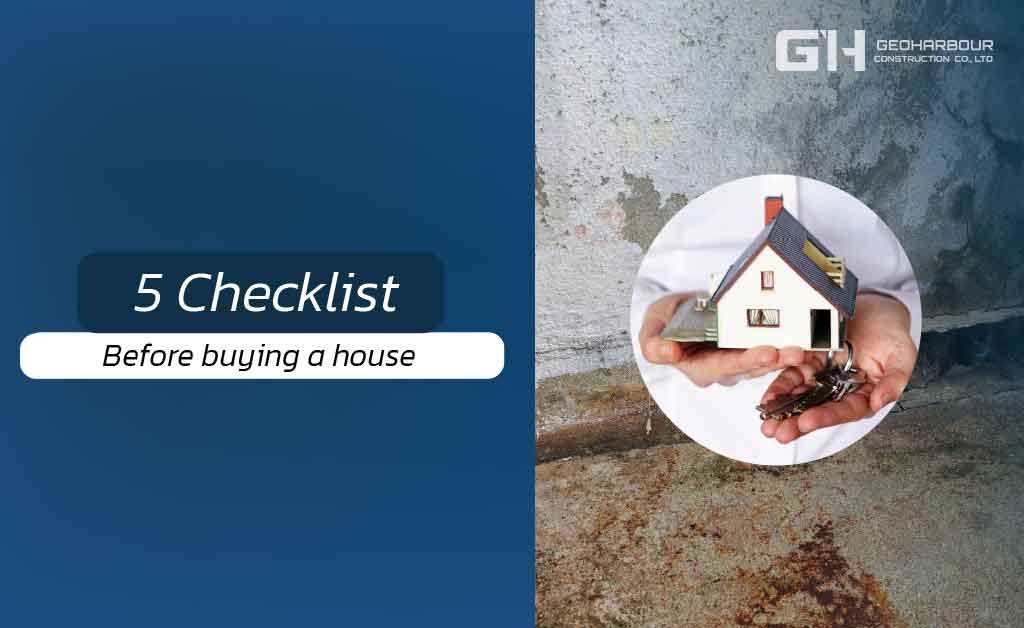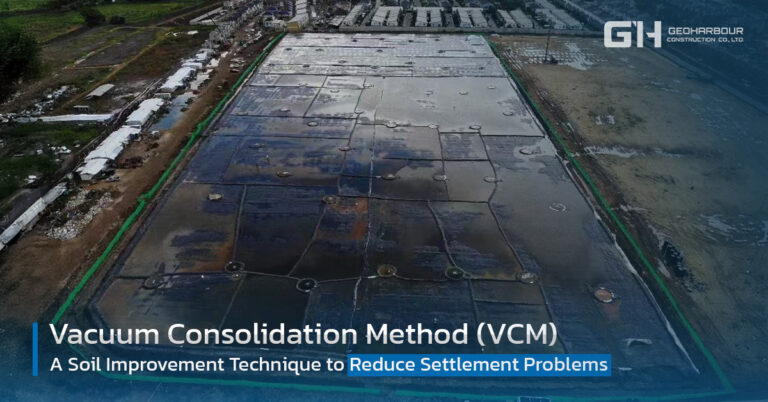
After working and saving for a long time, and facing decades of mortgage payments on a new dream home, imagine dealing with a serious sinking house problem shortly after moving in! I’m sure many people who have experienced this are incredibly stressed. You have to waste time and lose your peace of mind with legal action against the developer, and if you lose, you’re stuck paying for the repairs yourself because the house digdn’t meet the required quality standards.
Wouldn’t it be better if we could recognize the warning signs or a rough checklist before a problem even occurs? This way, we can prepare ourselves (and our wallets) for when repairs are necessary. In this article, I’ll walk you through what you need to know so you can confidently talk to project engineers or housing estate owners and surely leave them impressed. Let’s read on it’s for the benefit of all of us residents.
Table of Contents
1. What is the traditional history of the area?
Before going to any construction stage, we should first pay attention to the area and location of construction. Because when we went to see the houses at the project, Mostly, they will start building roads. and have already done some construction on the house; therefore, we cannot see the soil beneath, Inquiring about the history of the original land is, therefore, something that should be done.
If the land was a pond, the soil may be soft. This will increase the chance that the house collapses in the future.
2. Data from soil survey drilling?
As you know, the matter of soil is full of complexity. Each area has different soil characteristics. arrived in the original land area. It won’t be an old well. But that doesn’t mean the soil is strong enough to not have subsidence problems after construction.
Soil surveying before construction is still a must. To evaluate and adjust construction methods to suit the soil conditions below. The value of drilling to explore the soil is very small. Compared to the problems that may arise later.
3. Is there any soil improvement before building?
Even after an engineer’s survey reveals soft soil with low load-bearing capacity, many housing projects only use pile foundations, believing this is enough to prevent a house from collapsing.
However, while piles prevent the main structure from sinking by transferring its weight to deeper, harder soil, they do not prevent the surrounding areas from subsiding. The parking lot, garden, and roads can still sink significantly over time.
This is why soil improvement is essential before construction begins. When speaking with a developer, you should always ask about the land’s history—for example, when the land was filled and what specific soil improvement methods have been used. Different soil conditions require different solutions.
4. Foundation pile size and depth Is it appropriate for the project?
Another matter that is as important as soil improvement. It’s about foundation piles because this is an important foundation to support the weight of the house (Dead Load). Engineers should therefore be meticulous and pay close attention to each step.
Since the design of the foundation pile to be consistent with the results of the soil survey. This means appropriateness. The size of the foundation pile is large enough to support the weight of the house. And it must be deep enough to transfer the weight of the house to the hard soil layer.
So that the house will not collapse in the future. Another advantage is that if in the future we want to add on to the house, the additional foundation piles that we will drive should be similar in length to the original foundation pile.
5. There is a guarantee. And what are the measures to correct it?
As we knew, soil is a highly complex matter. Even if we ask for the information that the admin has given above for the entire project, the project may already have been well designed. This does not mean that subsidence will not occur at all.
Therefore, what are the basic rights of consumers or residents like us? It is to ask the project if there is any guarantee against subsidence. And if a problem of collapse arises, what kind of problem will be solved for the residents? Within how much time?
Conclusion
Finally, these 5 suggestions are probably just basic questions. In fact, there is still a lot of information that we residents should know.
Because if we ourselves have knowledge and methods for inspecting the characteristics of the building, structure, and basic area by ourselves. It would probably be a protective shield. It has greatly increased our confidence in choosing a home. Friends don’t forget to apply our suggestions.
Follow us on other channels
Facebook: Facebook Profile
Linkedin: Linkedin Profile



